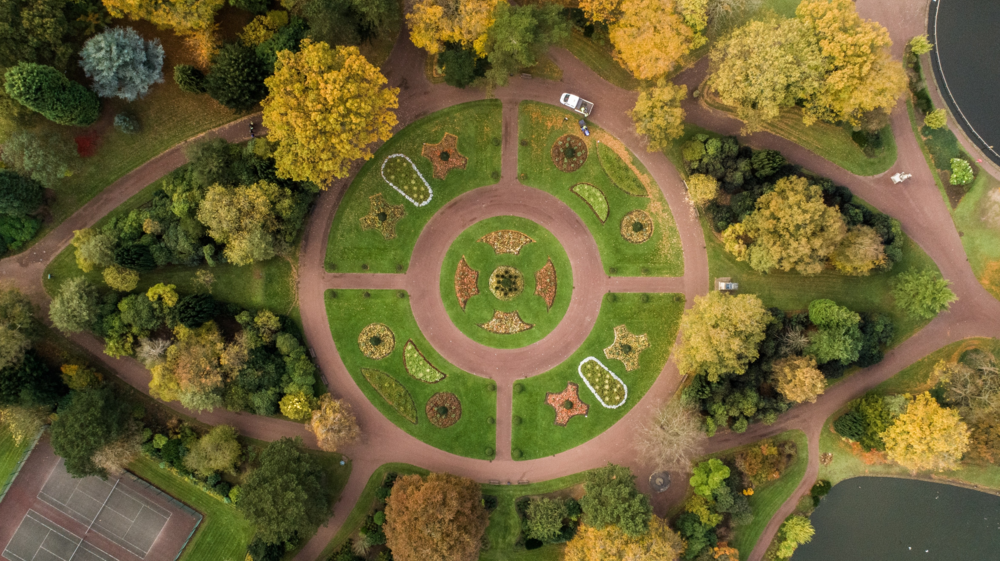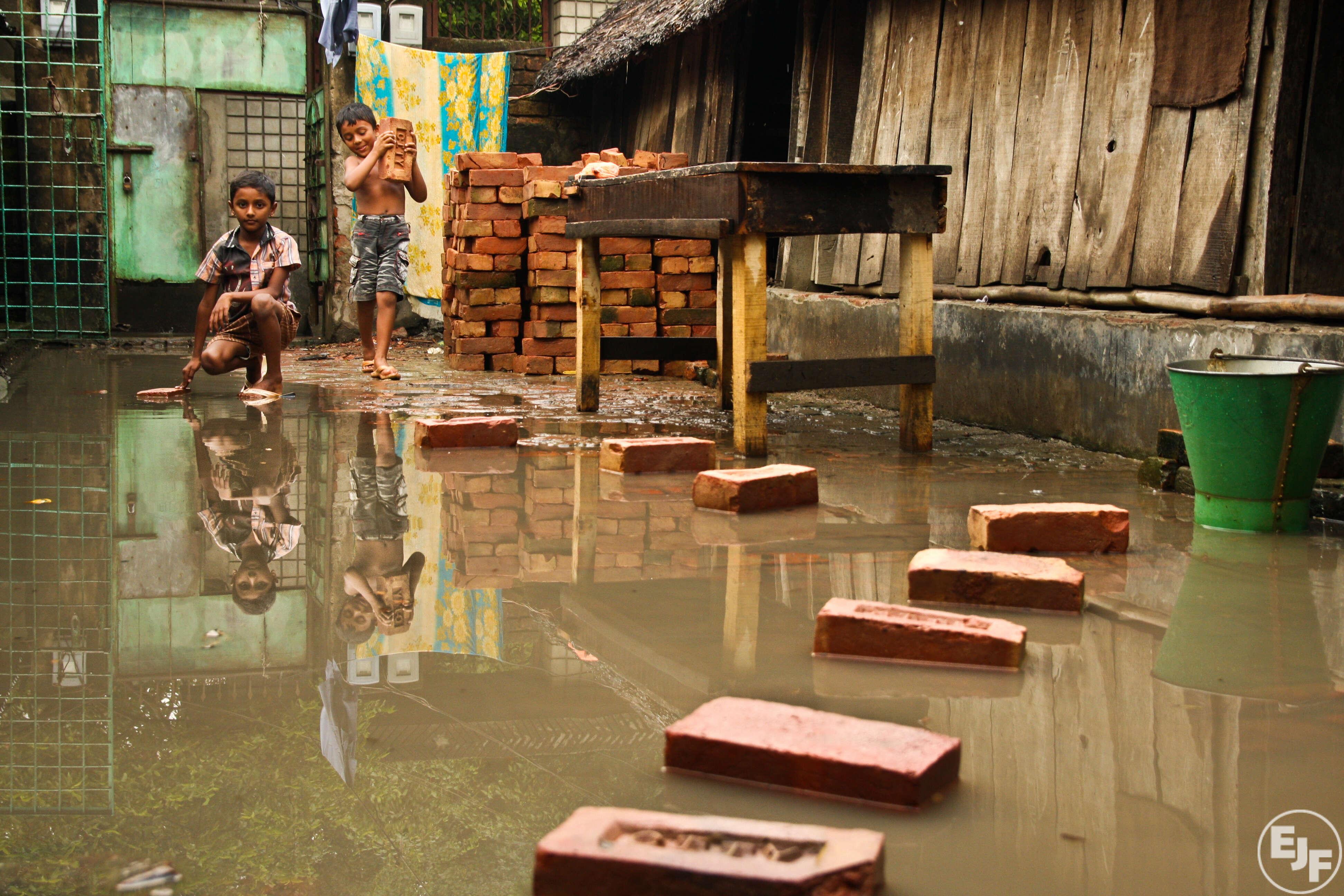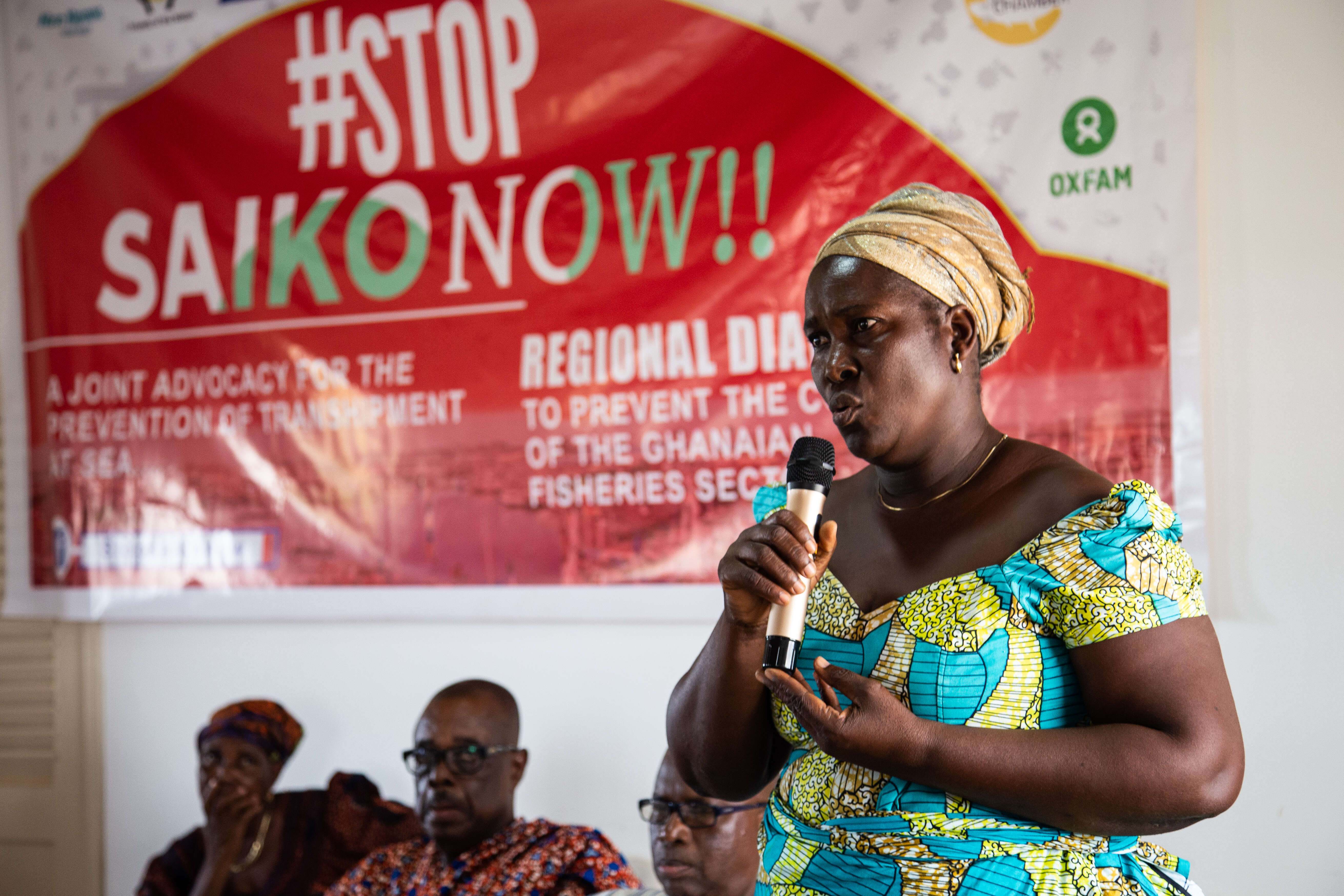
The solutions to the climate crisis are already here
The technologies required for a transition to a sustainable world are already extant. New, profit-making tech is not necessary – what is needed is profound shift in political will, and a framework of environmental justice.
Full disclosure – I am not here to give you a startling new angle on the climate crisis. I cannot claim to have the silver bullet, the awe-inspiring technology that will solve all our problems at a stroke. But as someone who has worked on this issue for the past 30 years, listening to those on the frontlines of the crisis, speaking to the scientists examining the data, what I do see is this: We have nearly all the solutions needed at our fingertips.
Let’s lay out the stark facts. If we do not reach zero carbon by 2035 at the latest, we will be the authors of our own devastation. Countless species extinctions will lead to the breakdown of the ecosystems that are humanity’s life support, and untold numbers of people will suffer and die. Communities will be ripped apart. If we do not act now, history will judge all who could have raised their voices and played their part.
But hope is not yet lost. The solutions to the climate crisis are here.
They start with the clearest, most compelling actions we must take: stop extracting all carbon based fuels now; stop investing in them and rapidly stop using them. There are no alternatives to these actions – carbon capture by technology or indeed by nature will not now alone save us and each day we continue with our addiction to carbon brings us closer to the point of no return.
So, how do we turn off the carbon tap? Put simply, it will take a whole of government, whole of economy, integrated, system wide approach. But, crucially, we already have the tools to initiate just such a programme. This includes elements from the basic (better insulation in homes) to the complex (carbon pricing and fully renewable energy grids).
But the one thing they have in common is that almost all the necessary parts, the resources, the technology, the wherewithal – is already here.
And yes, nature-based solutions will also be key and should be given a central place. We need to give nature space and help old-growth forests, peatlands and wetlands, ocean ecosystems along with all their biodiversity to recover. In restoring them we can have a sophisticated and effective system that would take up and store billions of tonnes of carbon, saving countless lives.
Nature/Nurture
We must look urgently to nature to help us, by setting aside 50% of the planet for ecosystem recovery. Old-growth forests are the among the best solutions to global heating, and changes to our land use, agriculture and forestry practices could take us around 37% of the way to keeping warming below catastrophic levels. The answers literally grow on trees.
Preservation and the gradual restoration of old-growth forest and replanting native woodland species should be on the agenda for every government. Forests provide not only carbon storage but water filtration, flooding and erosion prevention, medicines, air purification and soil retention, habitats for wildlife and health benefits to people, and much more besides.
The good news is that doubling tree cover can be achieved with little or even no effect on food production, by prioritising land that is low-quality farmland but perfect for woodland to flourish. Alongside forests, other essential but undervalued ecosystems such as peatlands and wetlands must be protected and restored.
Another crucial ally is the ocean. We must act with determination to protect and restore the blue beating heart of our planet.
Protecting the ‘blue carbon’ contained in thriving coastal and ocean ecosystems is a golden opportunity. Mangrove forests store up to four times more carbon per hectare than tropical rainforests and seagrass meadows store nearly 20 gigatonnes of carbon worldwide.
These nature-based solutions will take us a significant way to our goals, but only if we do not allow them to be used as a trade-off against on-going carbon emissions, an excuse for ‘business as usual’ that will stall our transformation to a sustainable world.
Whole of government
Beyond natural solutions, we need a ‘whole of government’ approach in which decarbonisation is put at the heart of every sector, from transport to energy, agriculture to construction. This approach should leverage fiscal and monetary tools to achieve a systemwide, global change that prices out all carbon-based energy while incentivising renewable technology and energy-saving innovation.
We must change the way we consume and produce, with every sector accelerating the shift to a circular economy, and committing to designing waste, resource extraction, and pollution out of supply chains.
Those who wring their hands and say it cannot be done so swiftly, that we need bridging measures, like nuclear power, or extensive artificial carbon capture and storage, underestimate the incredible ability and ingenuity of humanity. If the Covid-19 pandemic has taught us anything, it is that it is possible to mobilise populations and economies in unprecedented ways to save lives.
And climate action would save countless lives. Already at 1°C increase, global heating is a threat multiplier, compounding existing economic, political, social and, ecological stresses and inflicting harsh penalties in the poorest communities on our planet.
Environmental Justice
Alongside the imperative to protect the natural systems and species that underwrite our well-being and survival, we must put environmental justice and human rights at the centre of our discussions and action. Global heating has a profound human dimension that cannot and must not be ignored.
There will be a direct correlation between the action we take today, and how much social disruption, hunger and poverty is caused; how large the mass migrations of climate refugees will be; and how much violence and conflict are experienced.
Failure on climate will mean failure everywhere.
Global heating has already led to a 25% increase in inequality between countries over the past half century, as hotter, poorer countries suffer from the actions of cooler, richer ones.
It is vital that we recognize the central importance of environmental justice, and the responsibility that developed countries bear. We already live in a world of climate apartheid, one of astonishing injustice where those who contribute the least to our heating planet, its poorest and most vulnerable inhabitants, are being affected first and worst, while the world’s wealthy are still able to avoid the worst consequences of our addiction to carbon.
We must ensure a just transition, supporting the developing world and poorer nations with finance, technology and know-how.
Developed nations must create new pledges that will meet and exceed the US$100 billion over five years that was promised under the Paris Agreement. A binding political plan for long-term finance is needed – including cancelling debts – that will support those communities severely affected right now, balancing adaptation and mitigation.
We must also protect the hundreds of millions of climate refugees that even now suffer from our heating world, giving them global legal standing, enshrining their rights and ensuring their well-being.
Those displaced by the climate crisis are falling through the cracks in our international legal system, and the global community is failing in its responsibility to protect this new category of vulnerable migrants. A new agreement is urgently needed, separate from the existing Geneva Convention, with a clear legal definition of climate refugees and legally binding rights and obligations to protect people forced to leave their homes because of the climate crisis.
These are bold asks. They require mobilisation, large-scale cooperation and serious investment. But what they do not require is anything new. The solutions to the climate crisis are already here. And history will judge our generation harshly if we do not act now.
This opinion piece was first published by Mongabay and is reposted here with permission.
SIGN UP FOR OUR EMAILS AND STAY UP TO DATE WITH EJF

